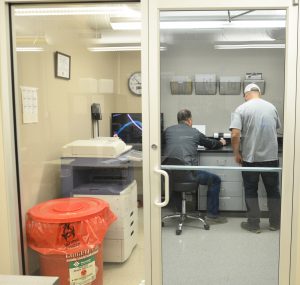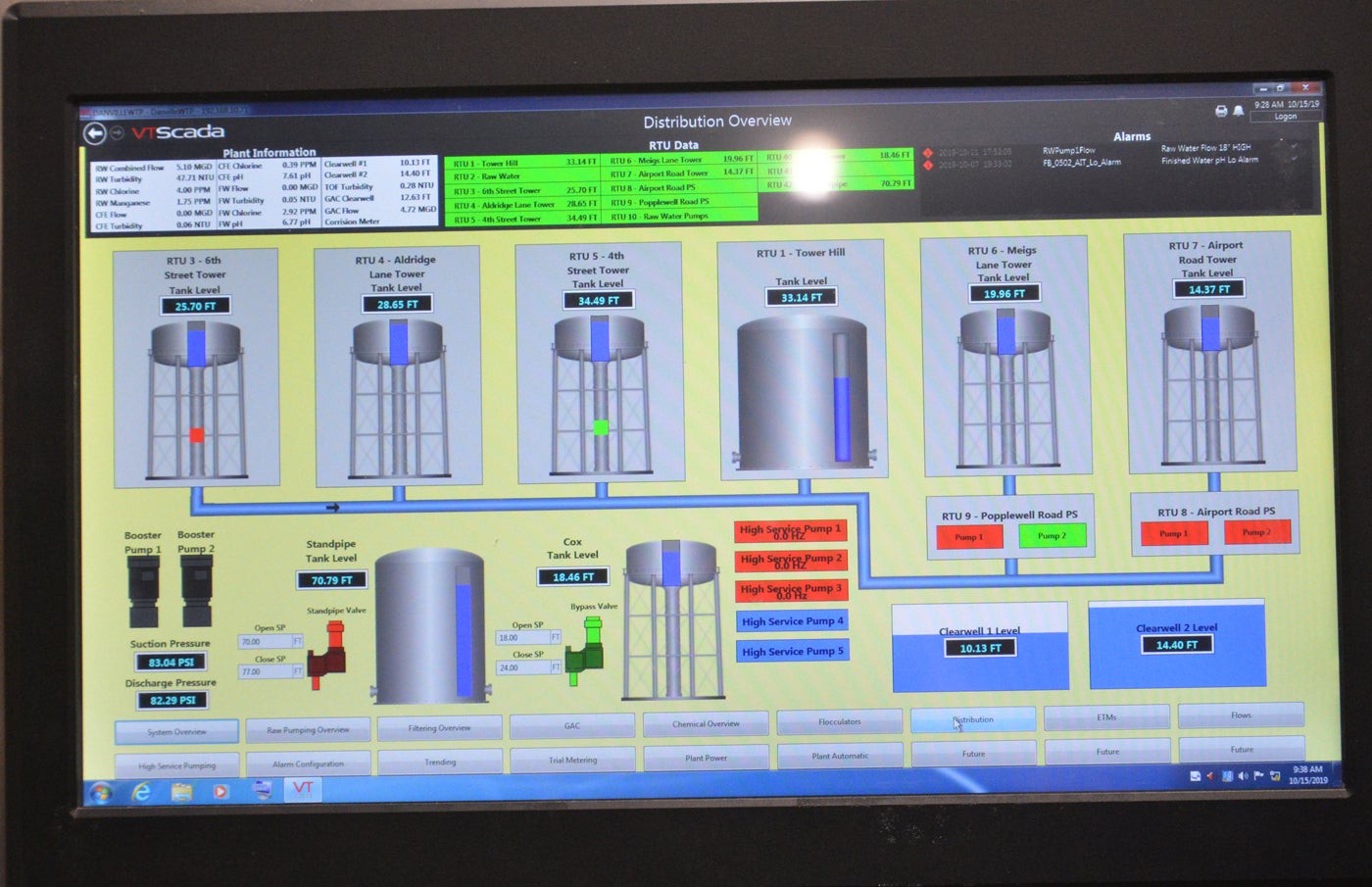Danville’s water treatment plant protected from cyber attacks
Published 5:41 pm Tuesday, January 21, 2020
Following the Jan. 2 U.S. assassination of Iranian IRGC-Quds Force Commander Qassem Soleimani in Iraq, the Department
of Homeland Security issued a national terrorism advisory bulletin about possible Iranian retaliation against a range of U.S. based targets, including cyber attacks on infrastructures such as water plants and small dams.
That bulletin stayed in effect until Jan. 18, at which time a second bulletin was issued stating “…we remain concerned that violent extremist organizations tied to the regime, including their various partner organizations, may continue to pose a general threat against American citizens and interests both overseas and in the homeland.”
According to the bulletin, “The FBI, DHS, and NCTC advise federal, state, local, tribal, and territorial government counterterrorism, cyber, and law enforcement officials, and private sector partners, to remain vigilant in the event of a potential Iran-directed or violent extremist Iran supporter threat to US-based individuals, facilities, and networks consistent with previously observed covert surveillance and possible pre-operational activity.”
Danville water treatment plant supervisor Andy Tompkins said it’s very unlikely that Danville’s water supply would be targeted, however they are prepared for a cyber attack.
“We thought about that during the expansion (of the plant). If we see anything like that going on, we can shut the automatic system off and basically run the whole water system manually.”
Each step in the water-treatment system is a standalone process that works automatically, but it can also be taken offline and operated manually, Tompkins said.
“During the design phase, we acknowledged that could be compromised, so we put controls in place,” he said.

Danville Water Treatment Plant supervisor Andy Tompkins, left, watches as water plant operator trainee, Greg Vongruenigen, performs a water sample test inside a special lab at the plant. (Photo by Robin Hart)
Tompkins said plant operators perform several water quality tests every two hours, 24 hours a day, seven days a week, 52 weeks a year. “It’s boring, but that’s by design because if it’s running good, all those residuals are pretty much the same,” unless natural events like heavy rains or a drought occurs. If the tests show a change, “You know that’s the reason why,” Tompkins said.
However, “If nothing abnormal is going on and you see those residuals increase or decrease, something’s happening.”
James McClure, the utilities IT person at the water treatment plant, said alarms would sound “way before levels reached state regulation limits, so you’d have plenty of time to react.”
Tompkins said, “Our standard operating procedures are that we run water quality analysis every two hours … And we monitor the water distribution every odd hour. We are militant about that.”







